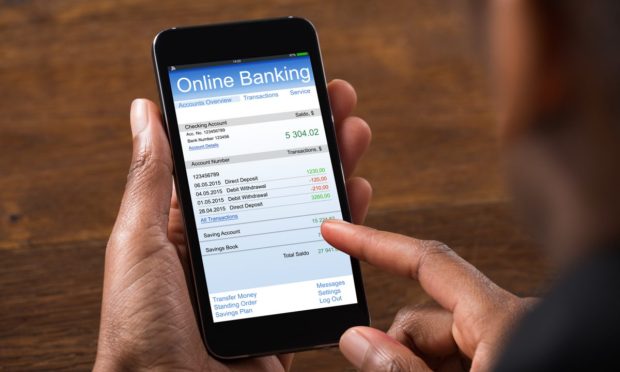What Is Digital-First Banking?

Digital-first banking refers to a type of banking in which the primary means of interacting with the bank is through digital channels, such as a website or a mobile app. This approach to banking is often designed to be convenient for customers, as it allows them to perform a wide range of banking tasks online, such as checking account balances, making payments, and transferring money.
Digital-first banks often do not have physical branches, or they may have a limited number of branches compared to traditional banks. Instead, they rely on digital channels to provide most of the services that customers need. This can be more cost effective for the bank, as it allows them to operate with a leaner infrastructure.
Digital-first banks may also offer additional features and services that are designed to appeal to customers who are comfortable using technology and want to manage their finances online. These can include budgeting tools, investment options, and financial planning resources.
Overall, digital-first banking is an approach to banking that is designed to be convenient, user-friendly, and accessible for customers who prefer to interact with their bank online.
There are several benefits to using a digital-first bank:
- Convenience: Digital-first banks can be accessed anytime, anywhere, if you have an internet connection. This makes it easy to check your account balance, pay bills, and perform other banking tasks on the go.
- Speed: Digital-first banks often have faster turnaround times for things like account opening, loan applications, and other banking tasks.
- Lower fees: Because digital-first banks have lower overhead costs, they may offer lower fees for certain services, such as account maintenance or foreign transactions.
- Advanced features: Digital-first banks may offer advanced features such as budgeting tools, investment options, and financial planning resources that can help you manage your money more effectively.
- Security: Digital-first banks often use advanced security measures to protect your personal and financial information.
- Easy account management: With a digital-first bank, you can easily manage your accounts and perform transactions online, without having to visit a physical branch.
- Personalization: Digital-first banks may use data and analytics to offer personalized recommendations and services to their customers.
Overall, digital-first banking can offer a more convenient, efficient, and cost-effective way to manage your finances, particularly if you are comfortable using technology and prefer to interact with your bank online.
Digital-First Banking Rises Slowly
According to the latest “Digital-First Banking Tracker®,” a PYMNTS and NCR collaboration, 1,262 bank branches were shuttered in the first two quarters of 2022, bringing an increased number of banks to adopt a “branch lite model” to develop more digital, technology-focused banking hubs.
“Consumers have had to adapt to this shift by embracing digital channels. All age groups are making digital-only banks their primary financial institutions (FIs), with younger, more tech-familiar generations the most likely to do so. Complete adoption of digital-only banking services is a long way off, however, with just one in 10 consumers having their primary accounts with digital banks,” the study states.
Read more: Digital-First Banking Tracker®
The study found that despite the appeal of digital-first banking adoption is taking a slow path as many consumers come to understand and appreciate the unique attributes of this type of banking.
As the “Digital-First Banking Tracker®” states, “The most-cited sources of hesitation include satisfaction with their current banks, the desire to be able to access physical branches for in-person transactions and distrust of primarily digital banks. Concerns with digital, such as difficulty accessing customer service, challenges with the technology, and inconvenience of use, also ranked in the double digits, however, suggesting that the digital customer experience is key.”
